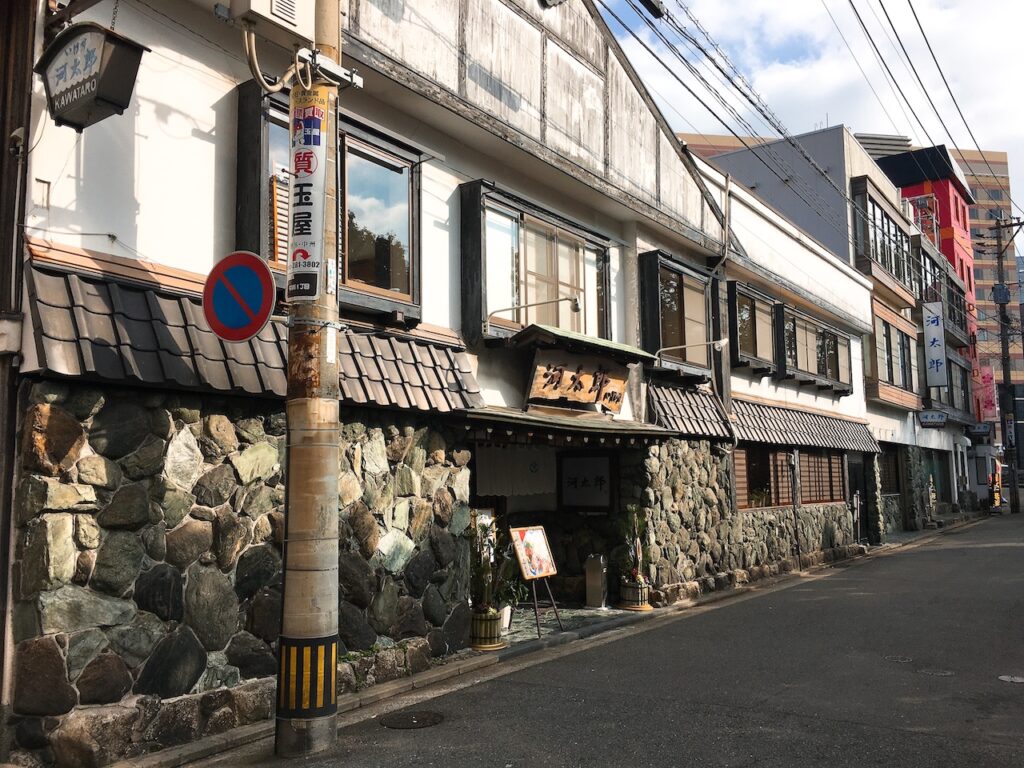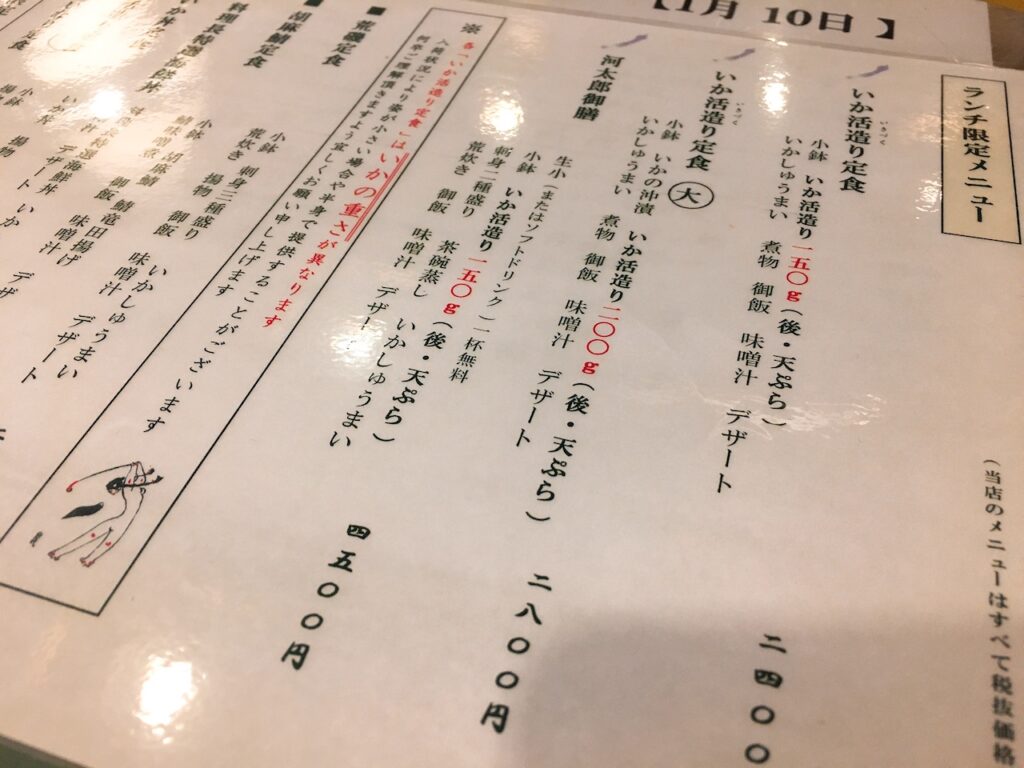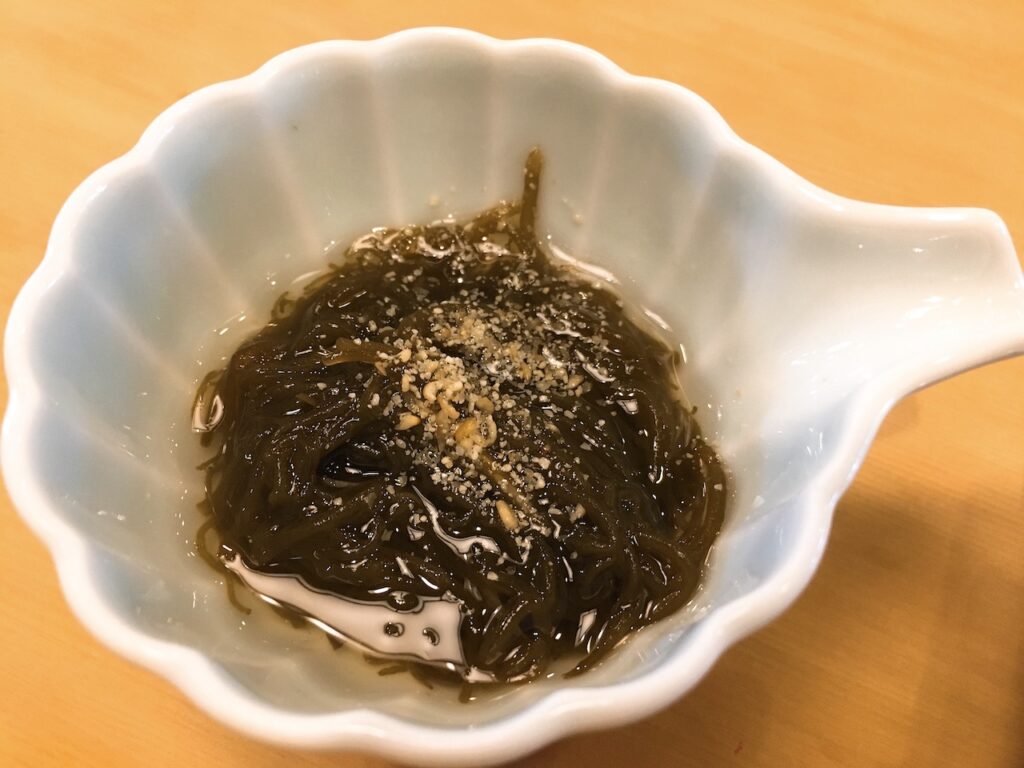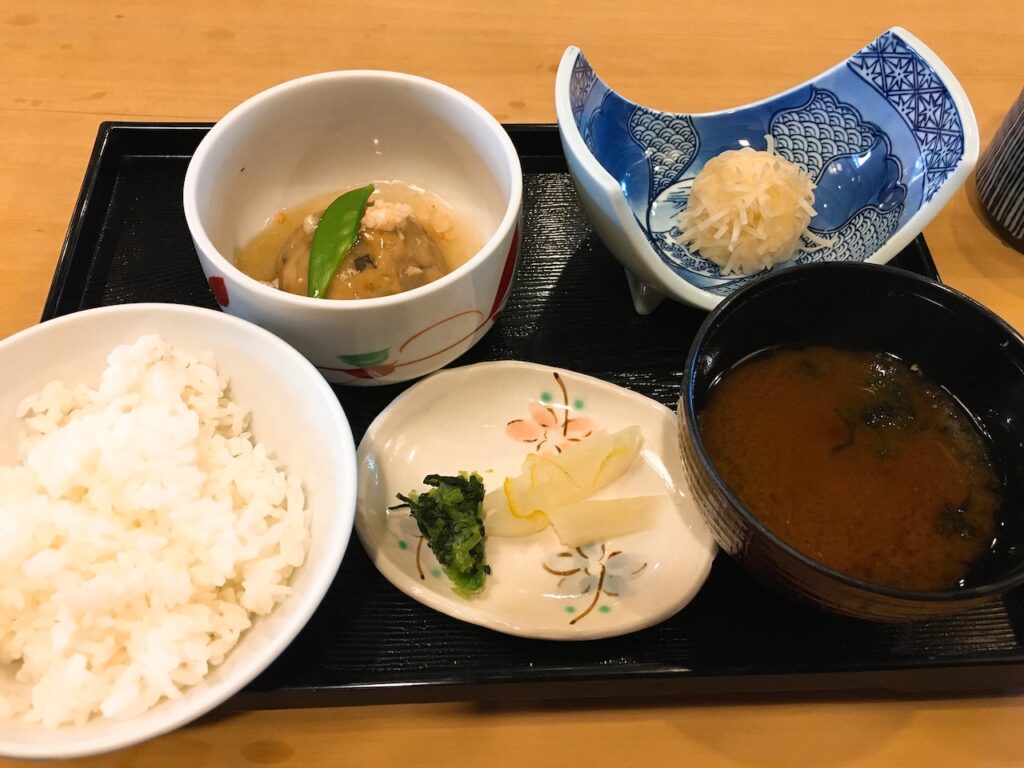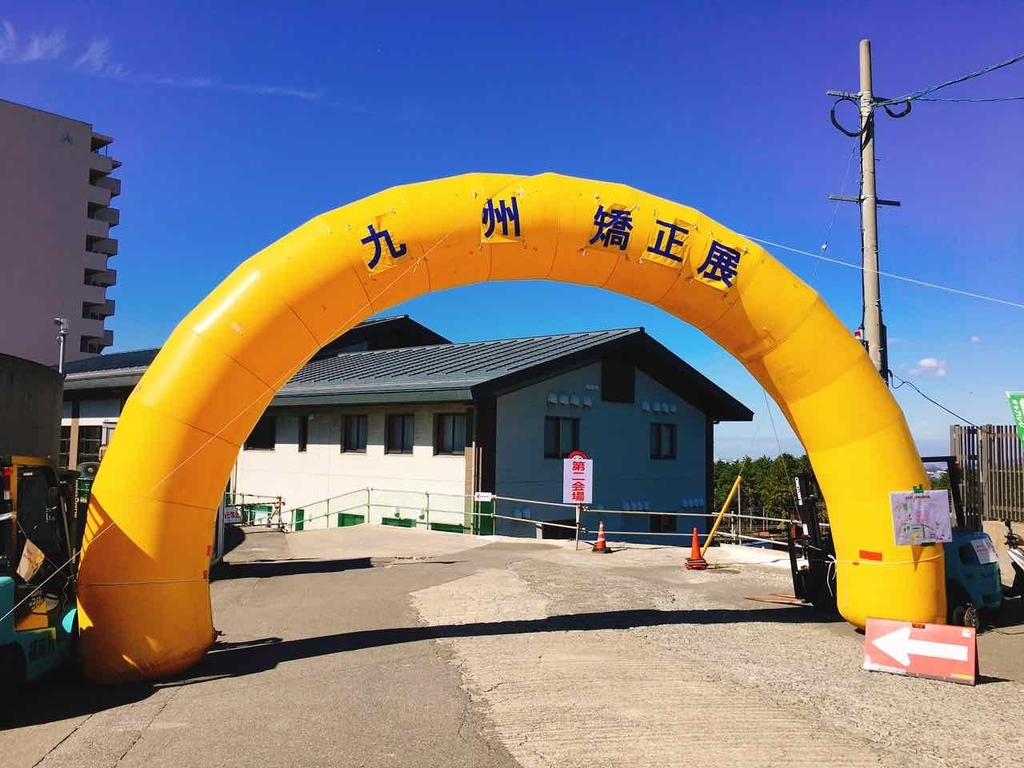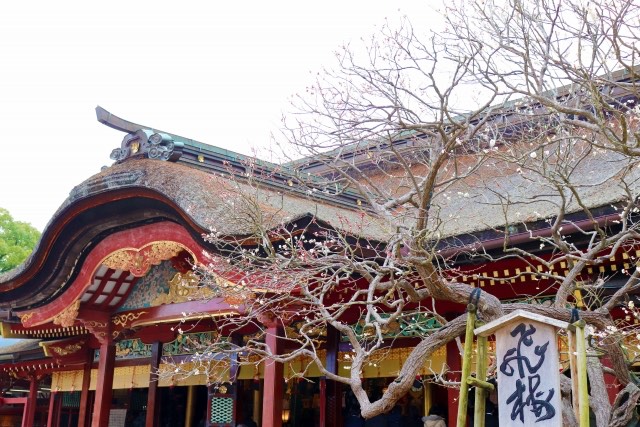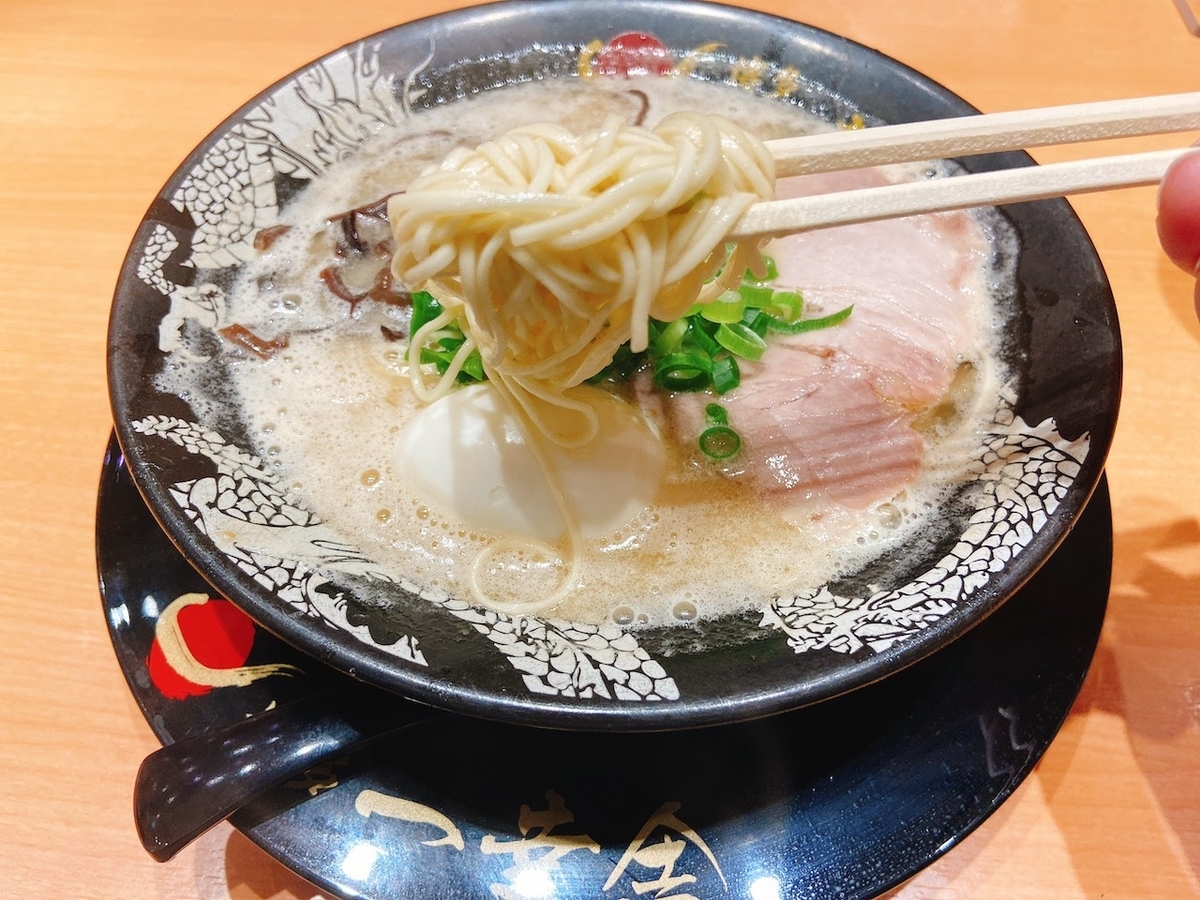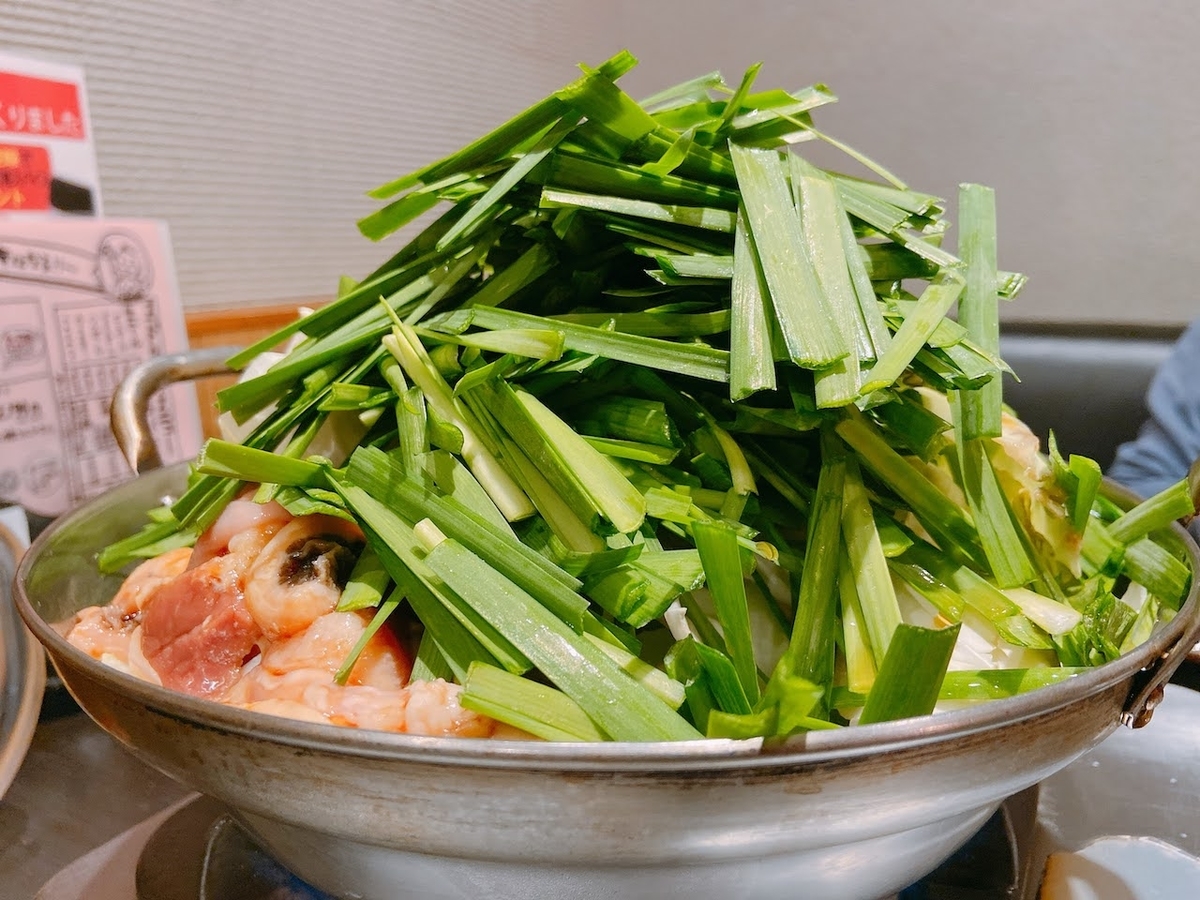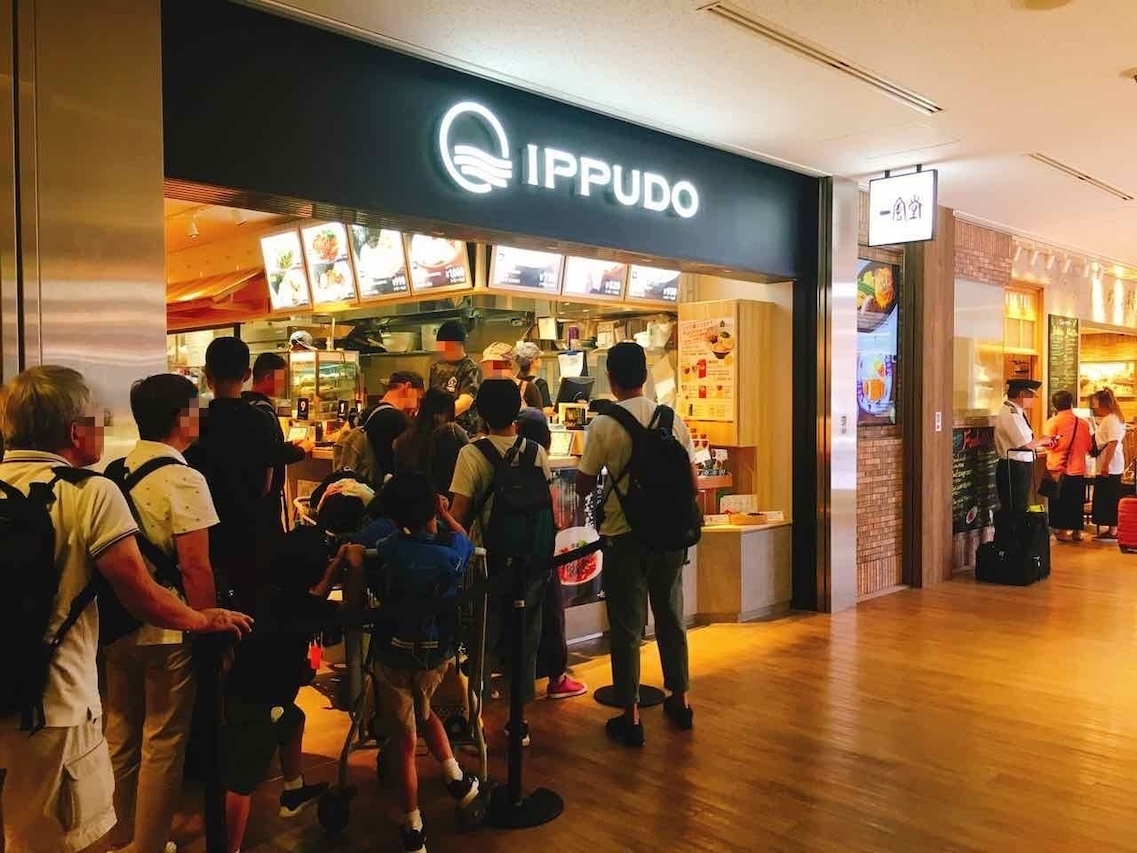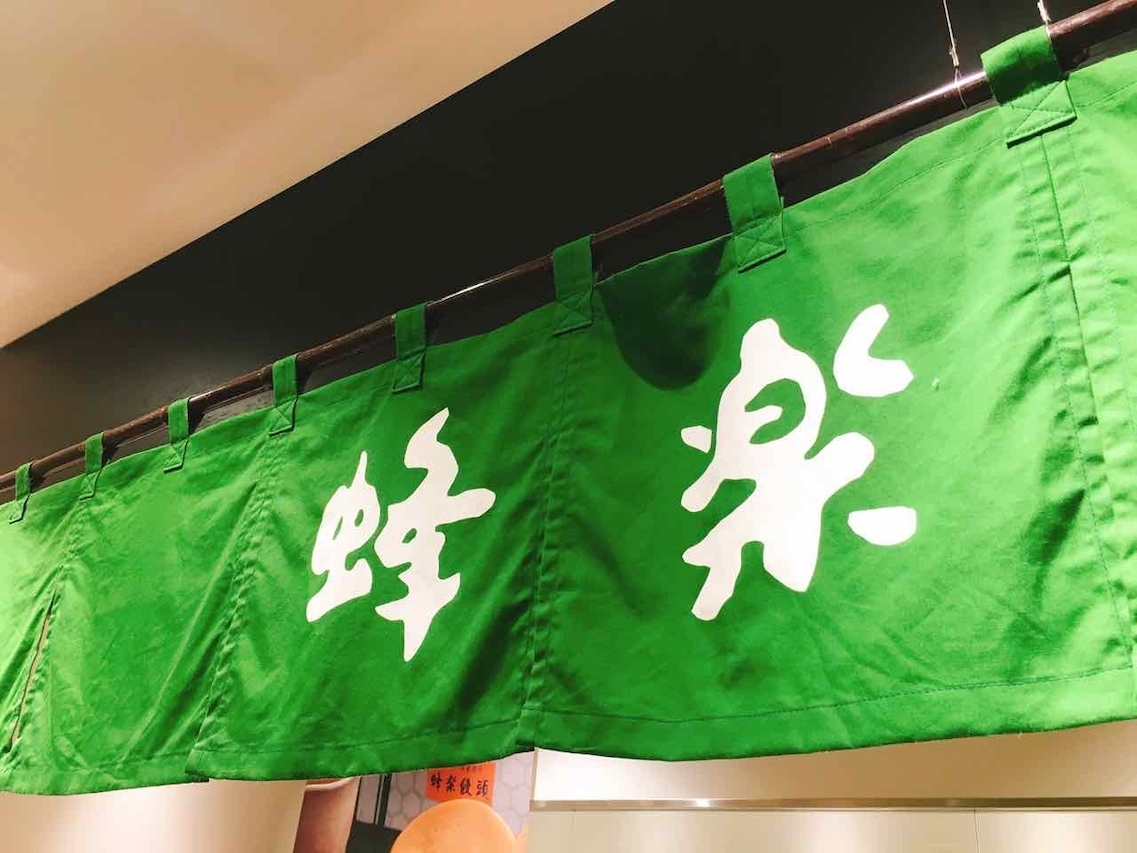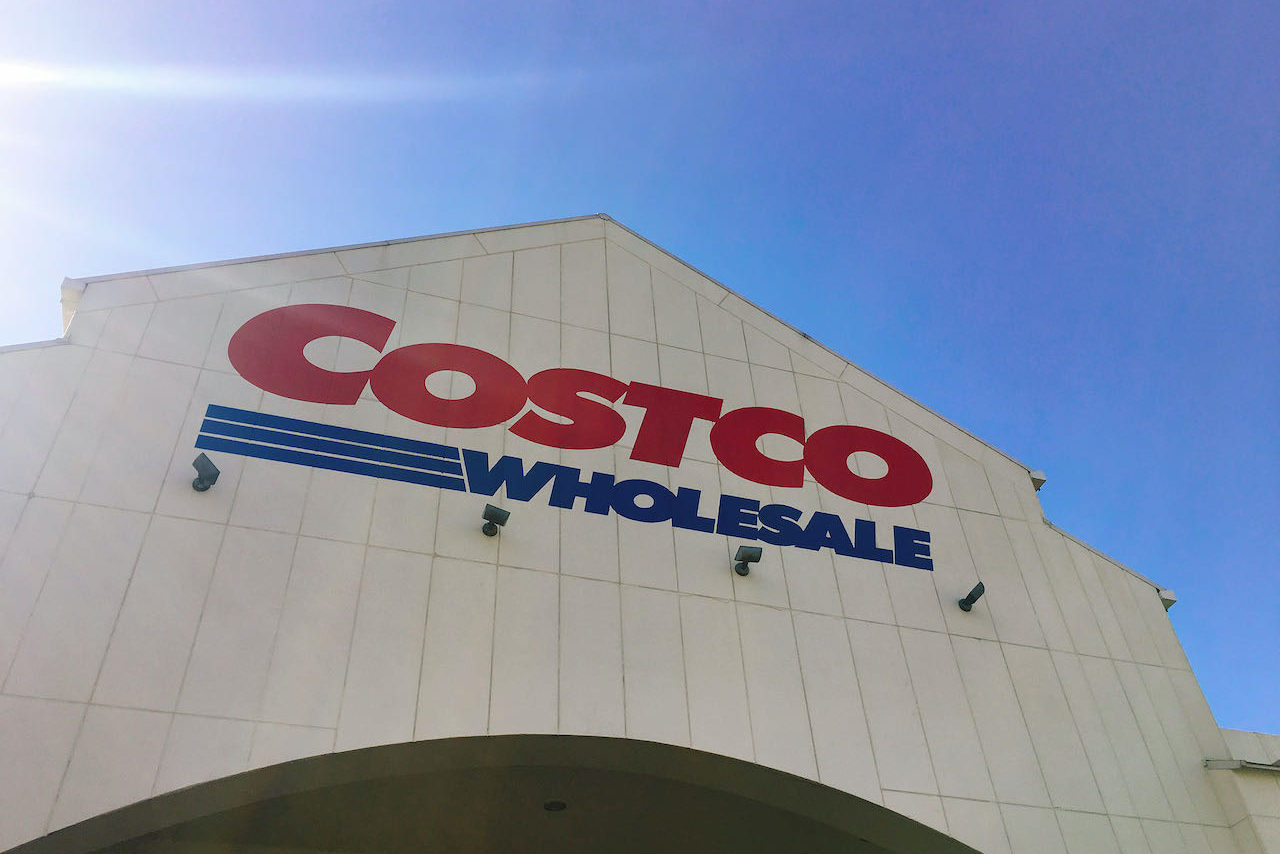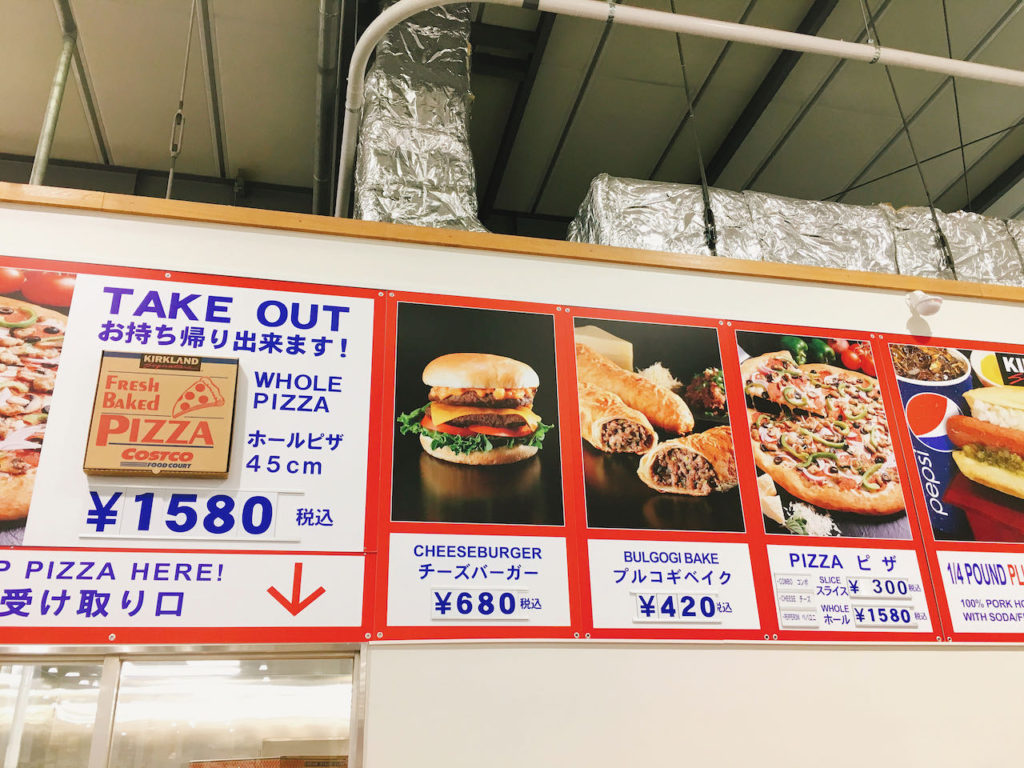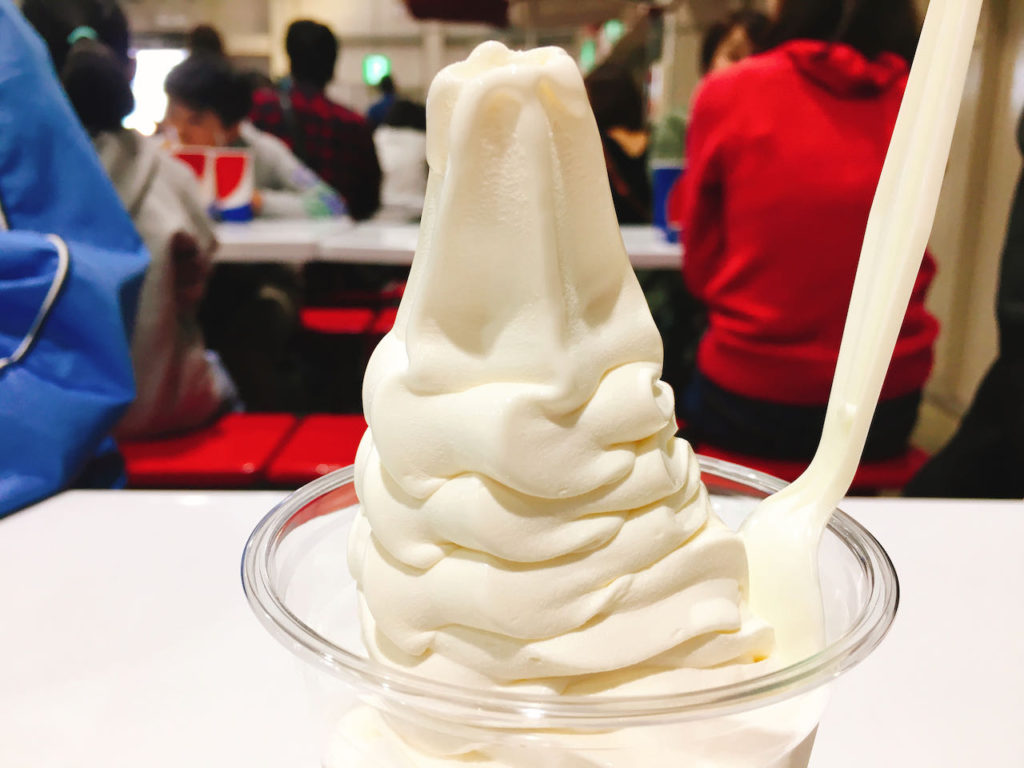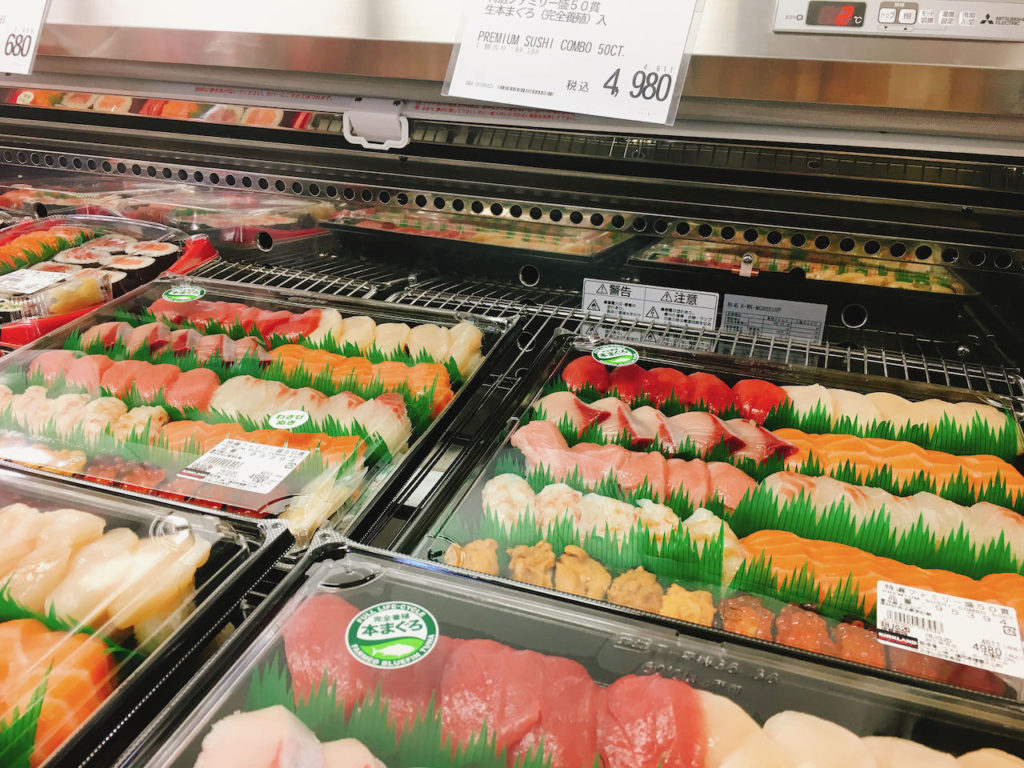Did you know that Fukuoka’s fish market, which is usually only accessible to wholesalers, opens its doors to the public once a month? While Tokyo’s Tsukiji Fish Market is popular among foreigners, Fukuoka’s fish market is a bustling family-friendly spot cherished by the locals. Beyond just selling fish, the market offers fish filleting classes and even tuna dismantling shows. If you’re a fish enthusiast or simply curious, you’re sure to have a great time here.
Moreover, there are several restaurants nearby serving dishes made from fresh fish, and there’s even a hot spring in close proximity, making it a destination for a full day of enjoyment. Due to its popularity among locals, it’s likely to be appreciated by foreign tourists as well. In this article, we’ll delve into all the details.
Nagahama Fish Market in Fukuoka: Basic Information and Access
- Address: 3-11-3 Nagahama, Chuo Ward, Fukuoka, Japan
- Phone: 092-711-6412
- Event Date: Every 2nd Saturday of the month
- Hours: 9 AM – 12 PM
- Official Website: https://nagahamafish.jp/
Getting to Nagahama Fish Market in Fukuoka
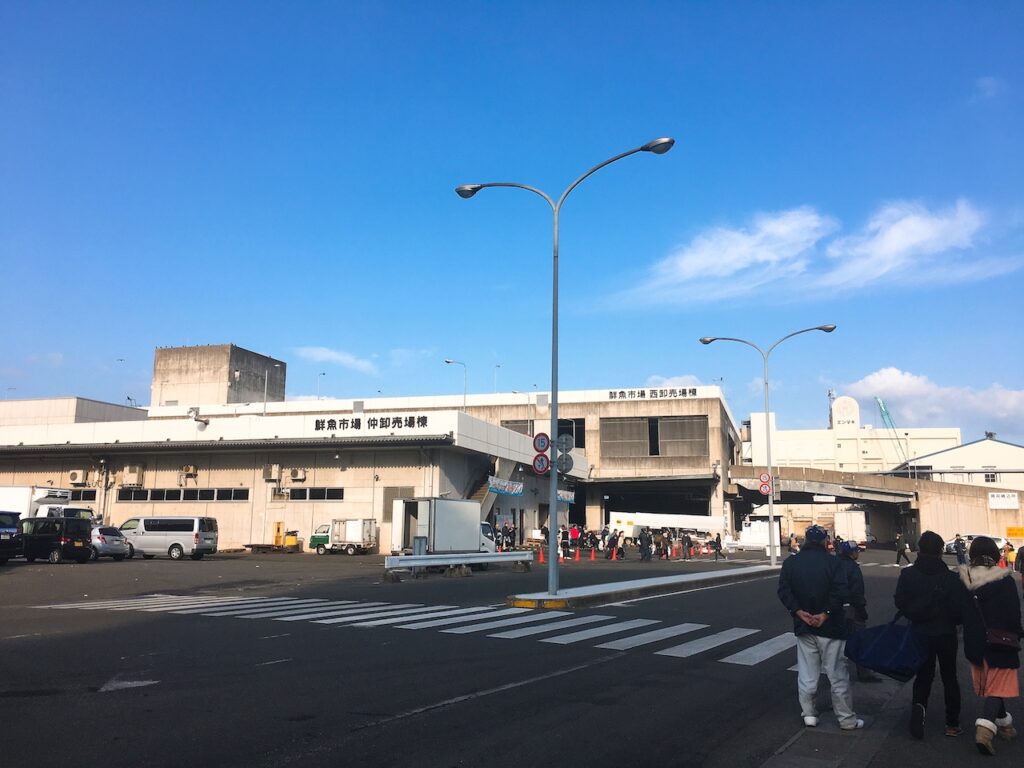
Access by car is convenient. There’s a parking lot right in front of the fish market that can accommodate up to 140 vehicles, so we were able to park without any wait. On the day of Citizen Appreciation, the parking was free until noon.
For subway users, “Akasaka Station” is convenient. It’s a 12-minute walk, approximately 800 meters, from “Akasaka Station”.
If you’re taking the Nishitetsu Bus, it’s a 2-minute walk from the “Nagahama 2-chome” bus stop. You can check the Nishitetsu Bus schedule here (Nishitetsu Bus Web Site).
Inside Nagahama Seafish Market in Fukuoka: Atmosphere and Ambience
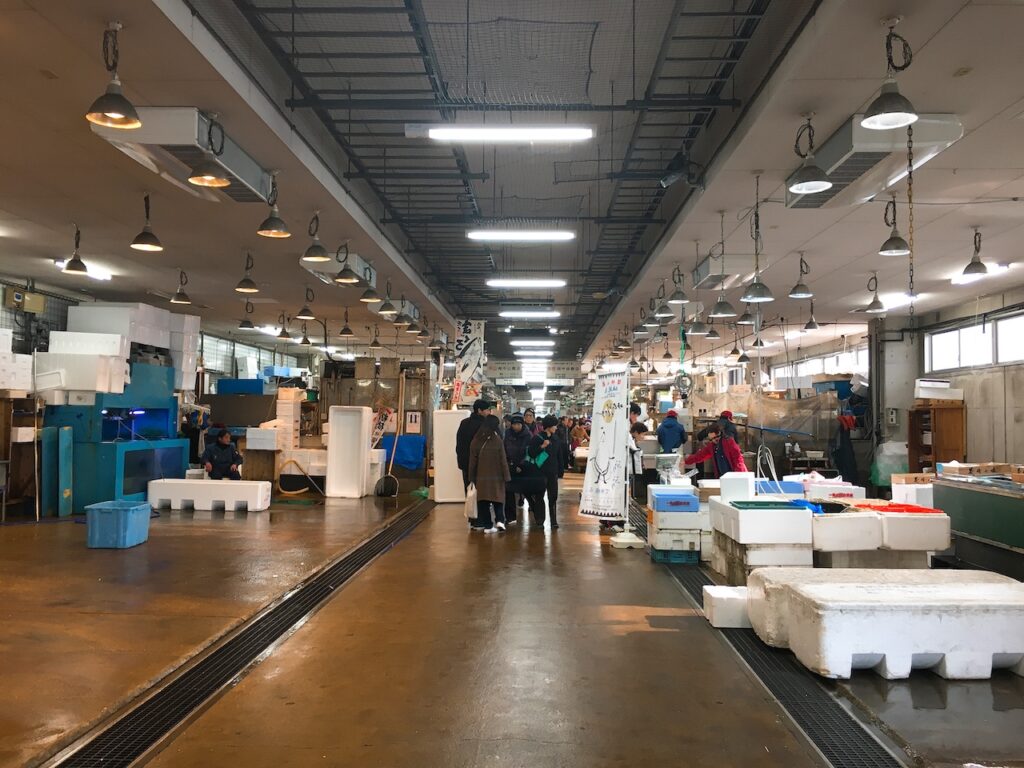
Arriving around 10 AM, we were a bit late, but there was still an abundance of fresh fish being sold. One thing that surprised me was the significant amount of whale meat being sold. Since it’s not available in the United States, I found this to be a unique Japanese sight.

There was also a quiz corner where you could guess the names of the fish. What caught my interest was that some foreigners were calling fish number 9, “Tachiuo” (hairtail), “Eel.” Considering their similar shape, it’s understandable that they might think so (^^;).
There were several areas where a lot of people had gathered. One was the “Fish Filleting Class” located in the back corner. My mother had participated before, and apparently, they teach you how to fillet fish for free, and you can even take the filleted fish home. They start accepting participants at 9 AM, and the class begins at 10 AM. If there are many interested people, they might hold a lottery, so it’s worth applying!
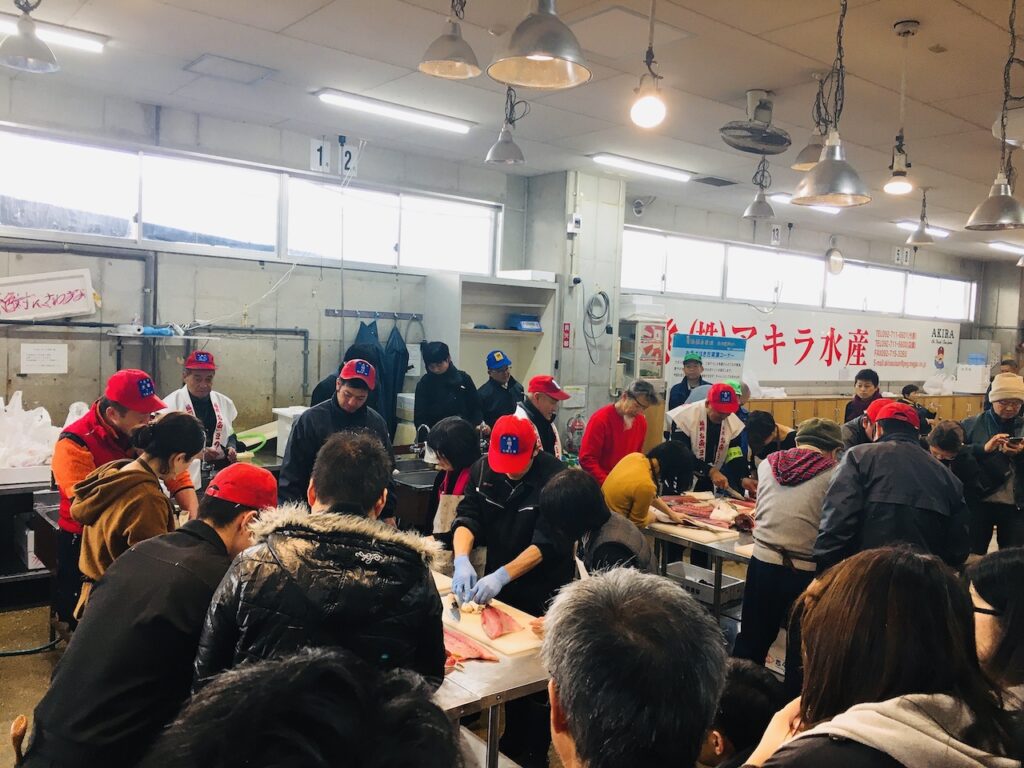
Another spot was the area for the tuna dismantling show. It takes place around 9:30 AM, so if you’re a tuna enthusiast, consider timing your visit accordingly. While disassembling the tuna, the announcer would call out, “Who wants this part?” and hold a rock-paper-scissors contest if there were multiple contenders. The winner got the right to purchase that part of the tuna.
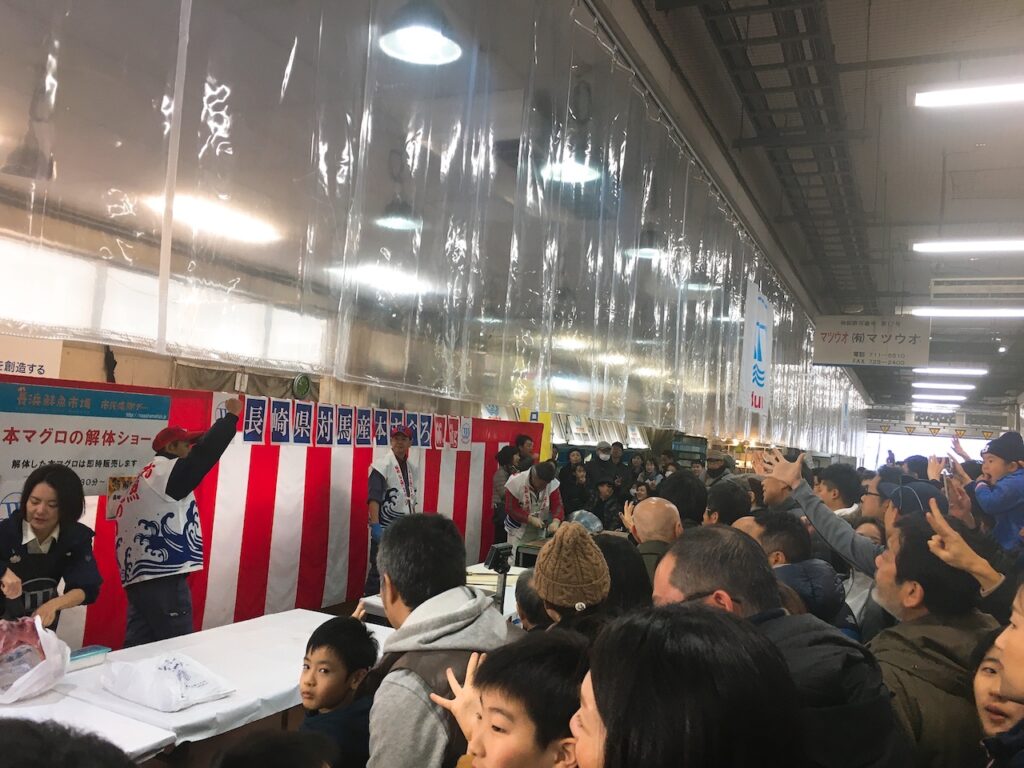
We purchased scallops, tuna, and chili pepper fish to take home.
Nagahama Seafish Market in Fukuoka is Recommended for
If you’re planning to visit the fish market, I recommend going at 9 AM. By 10 AM, many of the shops were already closing up. It’s especially recommended for families, particularly those with children, as it provides a wonderful educational experience about fish.


